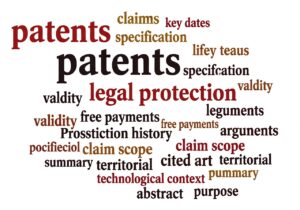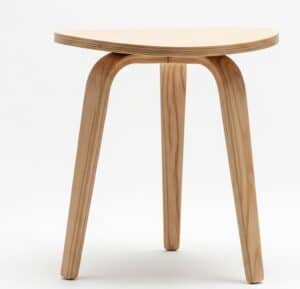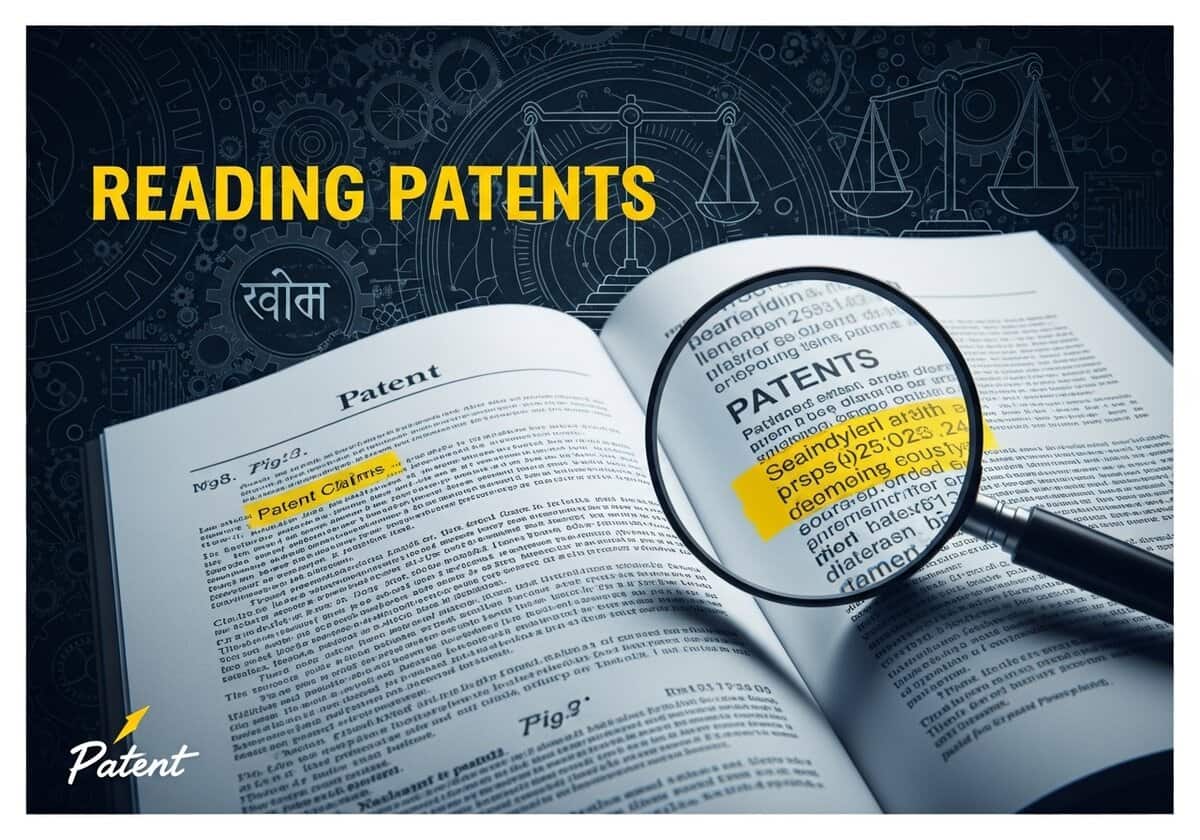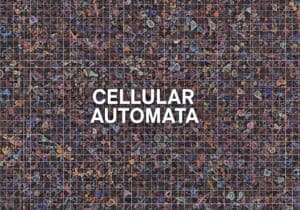Reading a براءة اختراع document presents a unique challenge for those unfamiliar with its structure and specialized terminology. Patent language often employs precise, legally defined terms, specific phrasing for claim construction, and a formalistic style that can seem arcane to the uninitiated. Understanding the interplay between the claims, the detailed description, and the drawings, along with interpreting the significance of cited prior art and prosecution history, requires a familiarity with conventions and legal doctrines that go beyond ordinary technical reading. It’s a system with its own internal logic and subtleties, where the omission or inclusion of a single word can drastically alter the scope and meaning, demanding a careful and informed approach to decode its true implications.
While a patent lawyer is strongly recommended for any patent action, this post aims at explaining most that the basics for R&D and ابتكار teams.
Key Takeaways:

- patents Claims define the exact legal protection.
- Specification explains and supports claims.
- Key dates determine validity and عمر.
- Verify current legal status and fee payments.
- Prosecution history arguments limit claim scope.
- Cited art reveals known technological context.
- Patent rights are strictly territorial.
- Abstract/summary outline purpose, not legal scope.
The 15 Most Important Points to Analyze in a Patent
– by decreasing order of importance –
Below is a “typical” order of importance, but it can significantly shift depending on the specific goal of the patent analysis. Other approaches:
- An infringement analysis: the Claims (1) become overwhelmingly paramount, as they define the legal scope of what is protected. The Specification (2) and Prosecution History (7) immediately follow in importance for claim construction and identifying any disclaimers.
- A freedom-to-operate (FTO) search (i.e., determining if your planned product might infringe someone else’s patent): the Claims (1) of potentially blocking patents, their Legal Status (4), and Geographic Coverage (8) take precedence to ascertain current, relevant threats.
- A investment due diligence or patent valuation: while claims are still vital, the Assignee/Current Owner (5), Legal Status (4) (including maintenance fees), Patent Family (13) (indicating market breadth), and Forward Citations (12) (suggesting impact) might rise in immediate importance to assess the asset’s strength, ownership clarity, and perceived market value.
- A broad state-of-the-art search or seeking a quick technical understanding: you might initially prioritize the Abstract (9), Drawings (within Specification, 2), Summary of the Invention (10), and IPC/CPC Classifications (15) to quickly sift through many documents and grasp the technology before delving deep into claims.
- Licensing-in a technology: here, understanding the Claims (1) to know what rights are offered, the Assignee (5) to identify the licensor, and the Legal Status (4) and Patent Family (13) to confirm enforceability and geographic reach are primary.
- Competitive intelligence: tracking the Assignee (5), Filing Dates (3), and IPC/CPC Classifications (15) can be more immediately revealing of competitors’ R&D directions and market focus, with detailed claim analysis perhaps following for specific patents of interest.
1. The Claims
Specifically: Independent Claims first, then Dependent Claims
This section is the absolute heart of the patent. The claims legally define the boundaries of the invention and what the patent owner can exclusively prevent others from making, using, selling, offering for sale, or importing. Infringement is determined *solely* by comparing an accused product/process against the claim language.
The breadth, clarity, and defensibility of the claims directly correlate to the patent’s value and strength. Broad claims cover more ground, while narrow claims are easier to defend but offer less protection.
نصيحة: for an applicant, defining the scope width this is key and is among others where a pro patent lawyer / attorney has its value: to have the experience how wide the scope can be enlarged … and eventually later defend it or restrict it without loosing all, depending on the claims are structured.
- For infringement analysis: you determine if a product/process includes *every single element* listed in an independent claim (or its equivalents).
- For validity analysis: you check if the claimed invention is novel and non-obvious over the prior art.

A frequent cited example: if a claim recites “A chair comprising a seat, a backrest, and four legs,” a stool with only a seat and three legs would not literally infringe.
Structure:
- Preamble: it introduces the invention (e.g., “A الطريقة for communication…”, “An apparatus comprising…”).
- Transitional Phrase: crucial for scope.
- “Comprising” (or “including,” “containing”): open-ended, meaning “having at least these elements but possibly more.” This is generally preferred for broader scope.
- “Consisting of”: closed, meaning “having only these elements and nothing more.” Very restrictive.
- “Consisting essentially of”: partially closed, meaning it includes the listed elements and other elements that do not materially affect the basic and novel characteristics of the invention.
- Body: lists the essential elements and their limitations and relationships.
- Independent vs. dependent claims:
- Independent claims: stand alone (e.g., Claim 1: “A widget comprising A and B.”). They define the broadest scope for a particular inventive concept.
- Dependent claims: refer back to and further limit a preceding claim (e.g., “Claim 2: The widget of claim 1, further comprising C.”). They narrow the scope but can provide fallback positions if broader claims are invalidated.
Other points to watch for:
- Terminology: precise meaning of each word. Are terms defined in the specification? Are they used consistently?
- Antecedent Basis: ensure that when an element is referred to (e.g., “said lever”), it has been previously introduced (e.g., “a lever”).
- “Means-plus-function” or “Step-plus-function” elements (35 U.S.C. § 112(f)): e.g., “means for attaching X to Y.” The scope of such an element is limited to the corresponding structure, material, or acts described in the specification and their equivalents.
نصيحة: multiple independent claims can cover different aspects or embodiments of the invention (e.g., an apparatus, a method of using the apparatus, a system incorporating the apparatus).
نصيحة:diagram the claims. Break them down into individual elements and limitations. This helps visualize the scope and compare it against other products or prior art. Note any particularly broad or unusually...
You have read 25% of the article. The rest is for our community. Already a member? تسجيل الدخول
(وأيضًا لحماية المحتوى الأصلي لدينا من روبوتات الكشط)
مجتمع الابتكار العالمي
تسجيل الدخول أو التسجيل (100% مجاناً)
اطلع على بقية هذه المقالة وجميع المحتويات والأدوات الخاصة بالأعضاء فقط.
فقط المهندسون والمصنعون والمصممون والمسوقون الحقيقيون المحترفون.
لا روبوت، ولا كاره، ولا مرسل رسائل غير مرغوب فيها.












Hmm, interesting. But arent the drawings also a crucial aspect to analyze in a patent? They can provide better insight, no?
منشورات ذات صلة
من المختبر إلى السوق: دور مرحلة الإنتاج التجريبية
أكثر من 45 حيلة معرفية أخرى للألعاب والتسويق: النفسية والمشاركة
أكثر من 45 حيلة في العلوم المعرفية للألعاب والتسويق: النفسية والمشاركة
أحدث المنشورات وبراءات الاختراع حول الزيوليت
أحدث المنشورات وبراءات الاختراع حول الأطر المعدنية العضوية (MOFs)
أحدث المنشورات وبراءات الاختراع حول الأطر العضوية التساهمية (COFs)